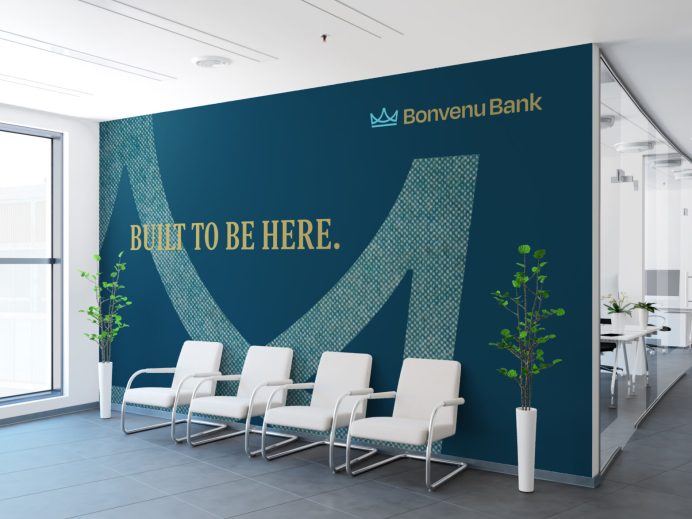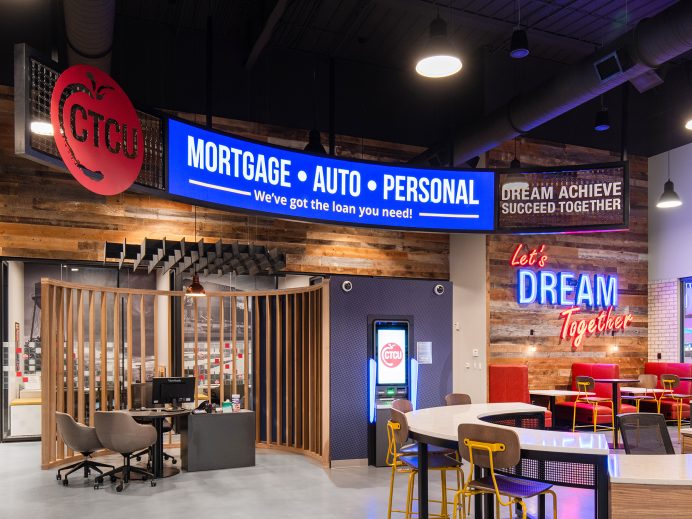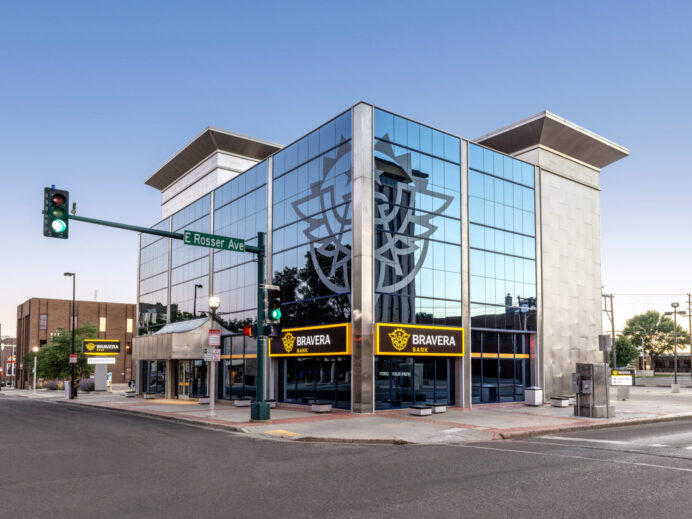At some point in their lifespan, all brands will face some sort of crisis. Sometimes emergent issues will be of your own making – corporate missteps, for example – and other times, circumstances beyond your control will bear down on your brand.
Coronavirus is one of these external crises impacting brands of all scale and scope. While you may have little control over a growing public health emergency, what brand communicators can do is communicate steps you’re taking in response. Regardless of service sector, this global pandemic will touch every brand in some way. By embracing core communication principles, brands will be more prepared to weather the storm.
Transparency
While most brand communicators understand that you must commit to communicating with truth and transparency, what you may not fully appreciate is just how much specificity to give. For consumer-facing brands, of course people want to know that the physical store environment is being cleaned to help mitigate the spread of the virus. But does everyone want to hear from every company they’ve ever given their email to exactly what they’re using to clean their retail stores? Realistically, most people only need to know that it’s being done, not details about exactly how.
Further, communications should spotlight how brands are equipped to deliver goods and services in both the short and long term. For example, in communities issuing shelter-in-place orders, banks and grocery stores are operating as under the category of essential services providers. While retail locations may remain open, these stores may be functioning with more limited hours or only providing particular types of services. That information should be clearly and consistently communicated by brands in impacted areas. For people living in these areas, we want brands to get granular.
Timeliness
In crisis communications, it’s vital for brands to show how you are living in the moment with people. In a quickly shifting and changing environment, it’s easy to get behind, and what seemed critical one day can seem so last week only a day later. Internally, institutions of all stripes must identify a key team of people who will focus on monitoring on-the-ground conditions impacting organizations. Listen to this team of key communicators as they provide a current snapshot of strengths, weaknesses, opportunities, and threats, along with recommendations to help define key messaging given these realities.
While it’s critical to be responsive, don’t lose sight of how to be reflective, too. For example, some consumer credit and bank brands are proactively offering financial support services to people impacted by Coronavirus, who will have difficulty paying their bills because of their employment status. While on its face, this service offering looks like a helpful brand action and a positive way to build good will. Yet, if the organizational structure and backend isn’t there to actually deliver on what the brand is promising, this is a horrific fail. Not only is it bad for the brand, it’s really bad for people who are already suffering. It’s your brand promise; keep it, in good and bad times alike.
Tone
Another difficulty brands have at this time is with communications tone. Finding the appropriate quality of communications in the eye of the storm is one of brand communications’ biggest challenges. The last thing people want is for brands to sound panicked, but we also don’t want them to sound blasé or “business as usual” with their communications outreach either. Defining the correct tone and determining exactly what you want to say to represent your brand values in the face of a crisis is an ongoing and iterative process. You won’t always get it right, and that’s okay.
Brands don’t have to be perfect at these communications. In a crisis, people are far more forgiving than brands may realize. If hours of a retail store are changing daily based on a fluid inventory of goods or if bank staffing is impacting the ability to process transactions, people will understand if you communicate the current-state upfront. Brands don’t have to know everything before they can say anything. As the conditions on the ground change, communications should be changing along with them. The key for brands developing the right tone is to survey the landscape and step forward with transparency.
Tempo
Finally, many brand communicators are wondering exactly how often they should be communicating. Getting the balance right is a challenge even for the most seasoned brands. While it might be tempting to take any new development as an opportunity to communicate, that would be a mistake. Understand that audiences are looking for meaningful communications from brands. Communicating too often can make brands appear either disorganized or panicked themselves. Ongoing assessment by your core communicators will help determine the right tempo for your outbound brand communications.
In this time of crisis, it’s crucial to note that what consumers want from brands – especially those representing the foundational pillars of our society like financial institutions – is to communicate a sense of calm stability and empathetic leadership. While brands may not be able to predict what is going to happen in the future in the face of this global pandemic, a brand’s core resiliency will help chart the course for the future. To quote author Alice Walker: “We are the ones we’ve been waiting for.”
Stay tuned to our Insights channel for an upcoming article on why business as usual is the wrong communications approach during an unfolding crisis. We will also feature insights into empathy-led branding in both our News and Perspective channels. To speak with one of brand communication experts, contact us at info@adrenalinex.com.
Adrenaline is an experience design agency that creates and implements end-to-end branded experiences through creative and environmental design. We enhance our clients’ customer experiences across digital and physical channels, from their branding and advertising to design and technology in their spaces. After transforming an organization’s brand, Adrenaline extends it across all touchpoints — from employees to the market to in-store environments. And, we focus on serving industries that sell human experiences including financial, healthcare, sports and entertainment.




